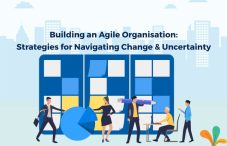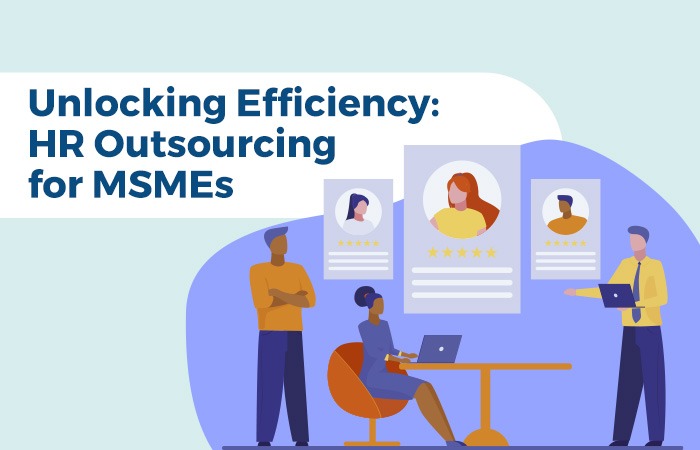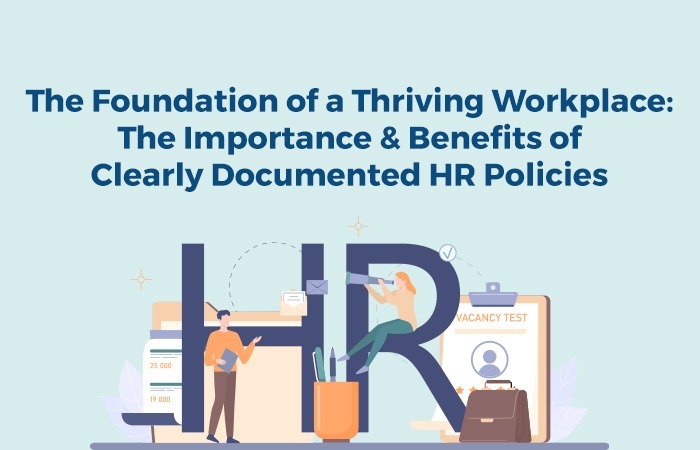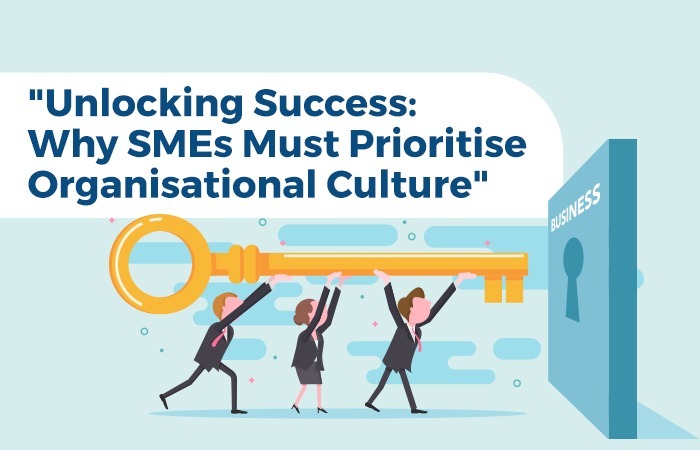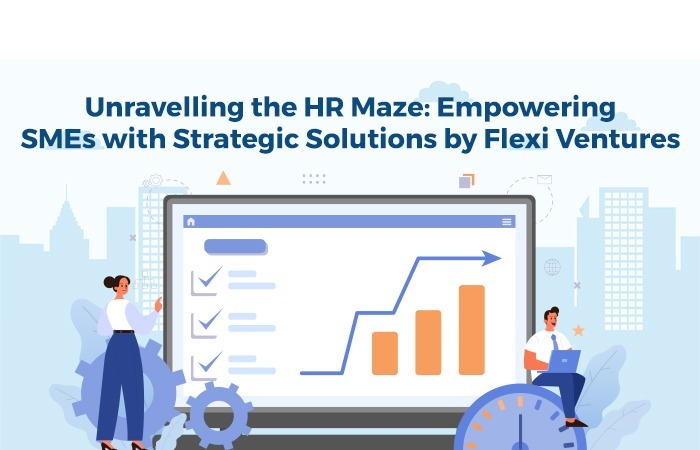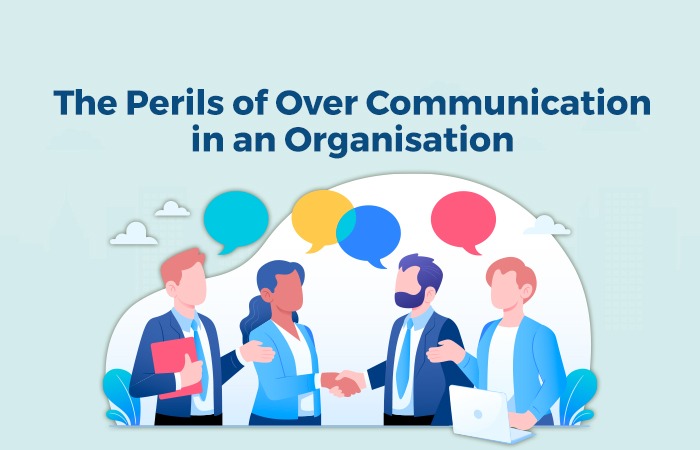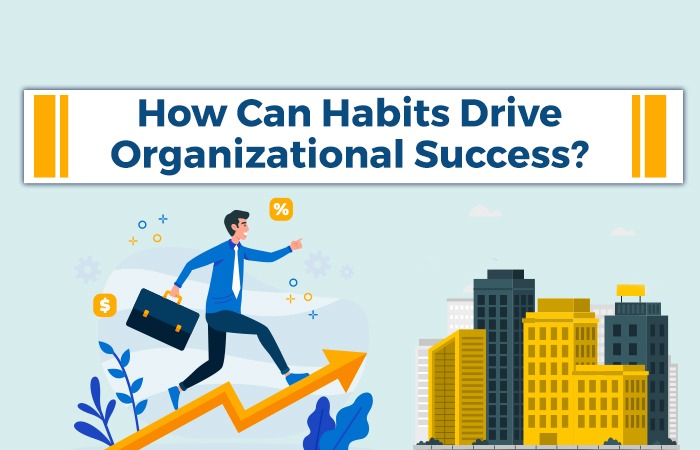In today’s rapidly changing business landscape, agility is a critical capability for any organisation that wants to survive and thrive. An agile organisation is one that can quickly respond to changes in the market, adapt to new technologies, and pivot when necessary. To build an agile organisation, leaders must adopt a strategic approach that incorporates a range of strategies for navigating change and uncertainty.
Here are some key strategies for building an agile organisation:
1. Foster a culture of agility: Agility begins with a mindset, and it’s important to foster a culture that values flexibility, innovation, and continuous improvement. Leaders should encourage employees to take calculated risks, experiment with new ideas, and learn from failure. This can be achieved through open communication, regular feedback, and recognition of employee efforts.
2. Build a diverse team: Diversity is critical for an agile organisation. A diverse team brings a range of perspectives and experiences that can help identify new opportunities, anticipate potential threats, and adapt to changing circumstances. Leaders should prioritise diversity in hiring and create an inclusive environment where all employees feel valued and respected.
3. Use data to drive decision-making: Agile organisations rely on data to make informed decisions quickly. Leaders should establish a data-driven culture and invest in analytics tools that enable real-time insights. This can help identify emerging trends, monitor performance, and make course corrections as needed.
4. Embrace change management: Change is inevitable, and agile organisations must be able to manage change effectively. Leaders should develop a robust change management process that includes clear communication, stakeholder engagement, and risk mitigation strategies. This can help minimize disruption and ensure that the organisation remains on track.
5. Focus on continuous learning: Continuous learning is essential for an agile organisation. Leaders should encourage employees to develop new skills, seek out training opportunities, and stay up-to-date on emerging trends. This can be achieved through formal training programs, mentoring, and job rotations.
6. Empower employees: Agile organisations rely on empowered employees who are capable of making decisions and taking action. Leaders should delegate decision-making authority and provide employees with the resources they need to succeed. This can include access to information, training, and technology.
Building an agile organisation requires a strategic approach that incorporates a range of strategies for navigating change and uncertainty. By fostering a culture of agility, building a diverse team, using data to drive decision-making, embracing change management, focusing on continuous learning, and empowering employees, leaders can create an organisation that is capable of responding quickly to new challenges and opportunities.

